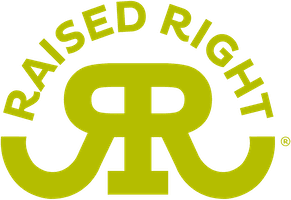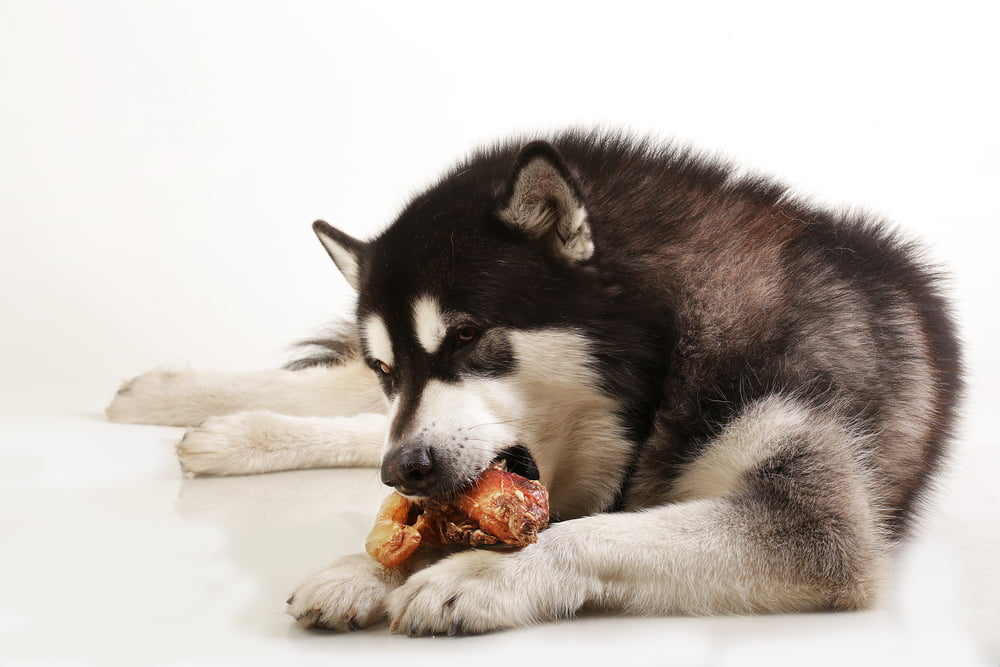
Pork products are a staple part of many households’ diets, from bacon and sausages to mince and chops; there are many tasty options. However, did you know that not all of these are safe for dogs to eat? As dogs are omnivores (animals that can eat both animal protein and plants) too, we often don’t think twice about sharing our food with them, but here are some essential things to consider before you offer your pup pork-based table scraps.
Is pork safe for dogs to eat?
The answer to this question is not as straightforward as yes or no. Certain pork products, thoroughly cooked in a dog-safe fashion, are safe to eat. However, there are many caveats to this which will consider below.
Which types of cooked pork are safe for dogs to eat and which ones aren’t?
Pork Bones
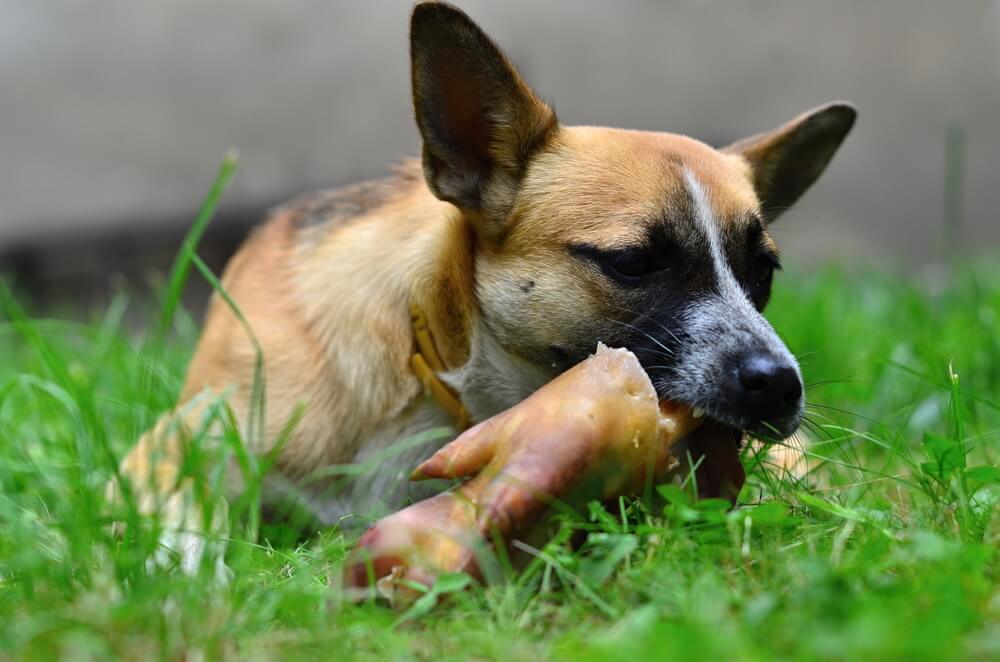
Cooked bones can represent a risk of gut obstruction or even rupture for your dog.
It is no secret that dogs love to chew on bones. They are highly flavored and satisfy your dog’s urge to chew but did you know it is not a safe practice for your pup? Cooked bones become drier and brittle, making them more likely to splinter. These bone splinters can obstruct or even rupture your dog’s delicate digestive tract. Raw bones are less likely to break, but they are more likely to damage your dog’s teeth as they chew. Tooth fractures are painful for your dog and put them at risk of severe infections. They often require expensive dental treatment under a general anesthetic to treat.
Pork Chops
Pork chops are often high in fat. High-fat foods can lead to tummy upset or even inflammation of the pancreas.
Pork Rinds
Pork rinds are usually high in both salt and fat. If swallowed whole, they may obstruct your dog’s food pipe. They are not suitable for your dog.
Pork Ribs
Cooked ribs contain bones that can represent a risk of gut obstruction or even rupture for your dog. They are also usually cooked in highly flavored sauces, which can contain ingredients toxic to your dog. Ribs are not suitable for your dog.
Sausages and Bacon
As tasty as sausages and bacon are to us humans (and dogs alike!), they are high in fat and salt, meaning they are unsuitable for your dog’s diet.
Pork Fat
As discussed, pork fat can be challenging for your dog to digest, which can lead to tummy upsets or put undue strain on the pancreas leading to inflammation. Fat is also extremely calorific, which may mean it causes your dog to pile on the pounds. Canine obesity is a rising pandemic globally and has many significant effects on your pup’s health.
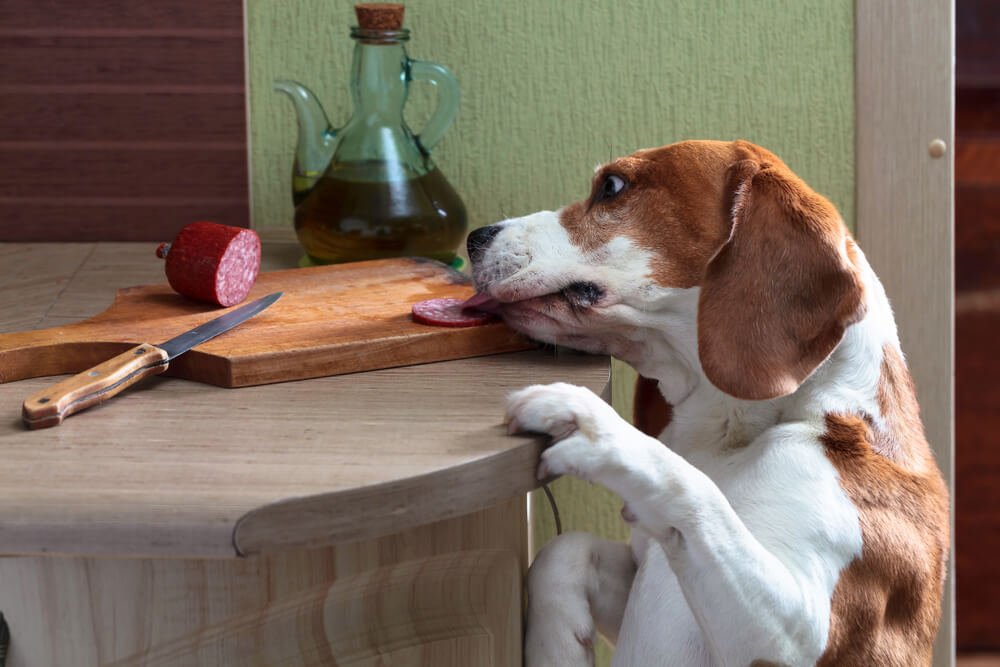
Sausages and bacon are high in fat and salt, meaning they are unsuitable for your dog’s diet.
Food allergies
Another time that pork may not be suitable for your pup is if they have a sensitivity or allergy to it. Some dogs have a condition called ‘food-responsive enteropathy” or FRE. FRE is a condition that leads to chronic signs of tummy upset such as vomiting and diarrhea. FRE can sometimes be triggered by the proteins in pork meat. If your veterinarian suspects FRE, they will advise some initial investigations followed by a trial to eliminate specific proteins from your pet’s diet, such as pork. Blood tests for food allergies are not considered reliable. We’ve covered French Bulldog food allergies and Shih Tzu food allergies in separate articles.
Cooking process
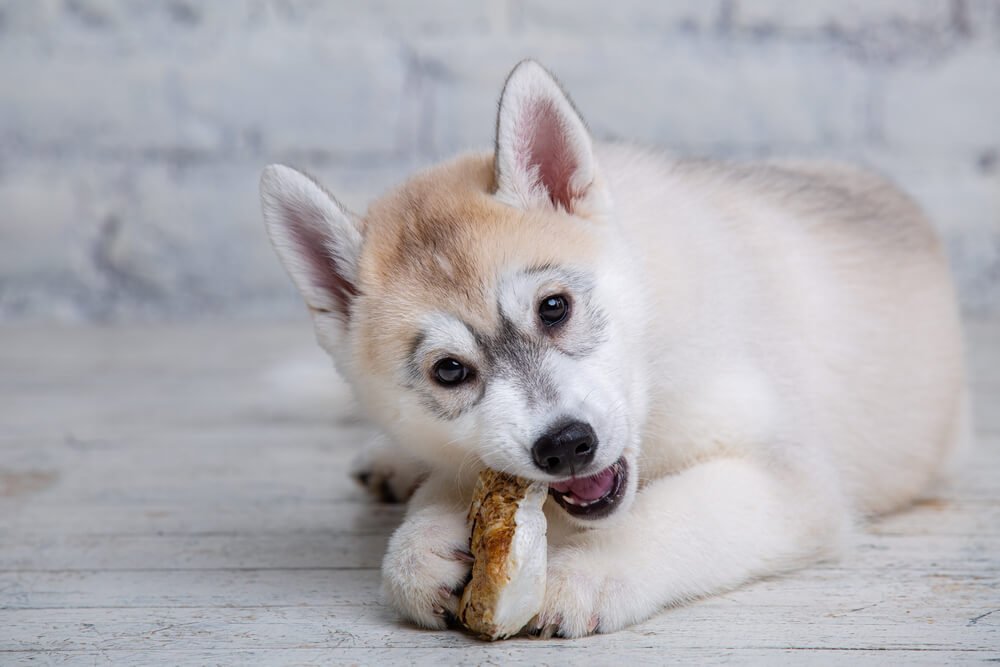
For most dogs, cooked pork can make a harmless addition to your pup’s diet, providing it is prepared in a dog-safe way.
A final note when considering when or how to feed pork to dogs is how we go about cooking it. As humans, we love to heavily season and flavor our foods, but some of these products can be very bad or even toxic for dogs. For example, onion powders and garlic can lead to red blood cell damage, which can be fatal. BBQ sauces and other similar products are also not recommended. They can be high in salt and contain onion and garlic flavors. If you are making pork for your dog, they don’t need a gourmet meal; just cook it plain, or add a dash of spearmint, for example. Similar rules apply when it comes to cooking chicken, turkey or beef for your dog.
Can I feed only pork to my dog?
The simple answer to this question is no. Feeding a diet of pork alone will not meet your dog’s complex nutritional needs and can lead to severe malnutrition. Ideally, you should be feeding your dog recipes that have been formulated to meet AAFCO’s standards for a complete & balanced diet. If you are keen to make your dog’s food yourself, the best thing to do is to find a veterinary nutritionist who will be able to guide you in making a balanced diet to ensure your dog doesn’t miss out on any essential vitamins or minerals.
Conclusion
If you plan to feed your dog pork, the best choices are lean cuts such as trimmed tenderloin or ultra-lean mince. The pork meat should be thoroughly cooked, and if you are adding pork as a treat to your dog’s food, make sure you reduce the overall amount you are feeding to avoid the risk of obesity. If you are unsure if pork is suitable for your dog’s diet, speak to your veterinarian, who will be able to give you advice tailored to your pup’s needs.
